Into the stratosphere in a hot air balloon: space tourism becomes a reality (10 photos)
Madrid-based company HALO Space plans as early as 2029 launch regular flights for space tourists. Tests designed for this balloon with a round sealed capsule already go. Recently, a balloon was launched into the stratosphere, and it was more than successful! 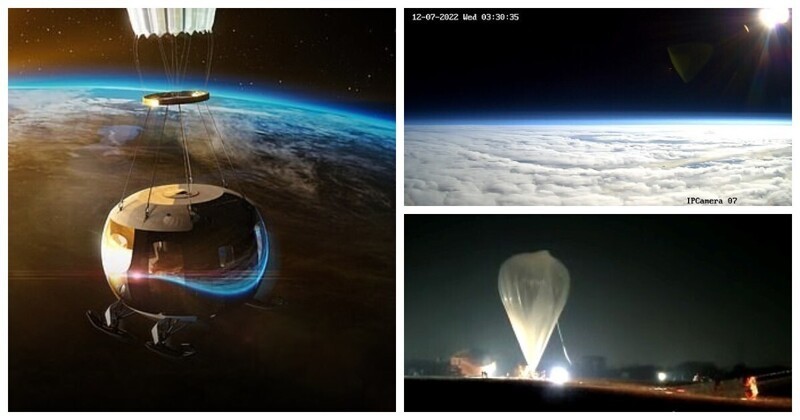
The unmanned flight lasted 4 hours 10 minutes at altitude 37 kilometers above the Earth, after which the device landed safely in planned location. 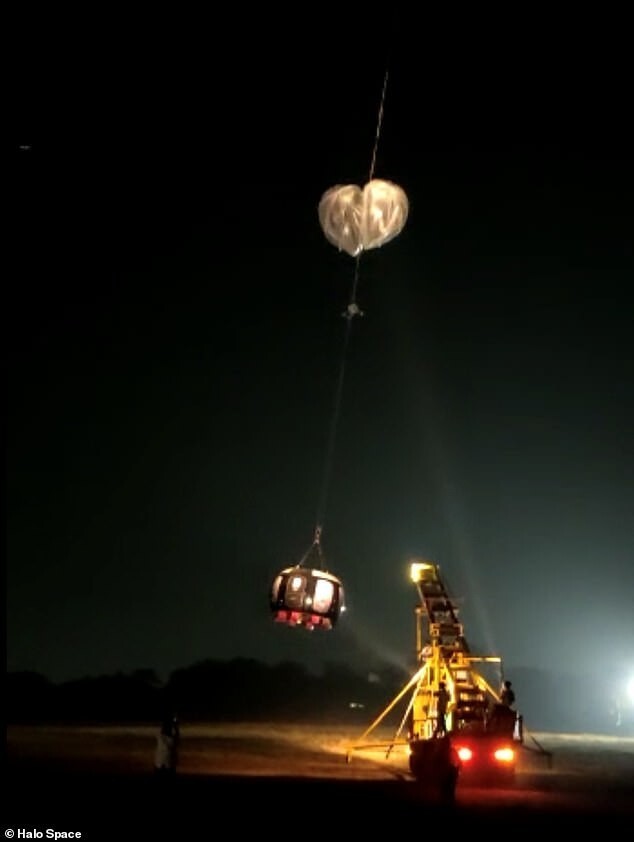
HALO Space will continue to conduct tests so that from 2029 year to launch commercial flights for those who want to admire our planet from the stratosphere, the boundary of the atmosphere and space.
"Space tourists" will have to pay for such pleasure from 100 to 200 thousand dollars. Approximately 400 flights per year are planned, this 3000 passengers. 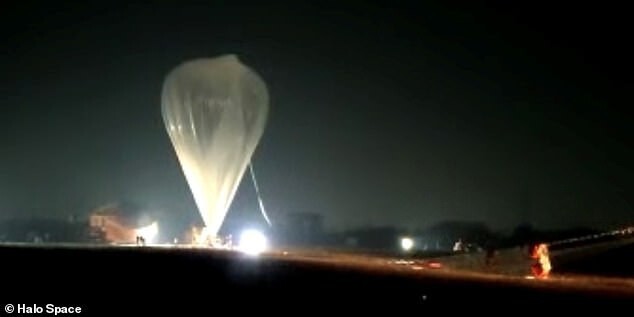
According to HALO Space CEO Carlos Mir, test flight started last week at headquarters Tata Institute for Basic Research (TIFR) in Hyderabad, India, and went exactly as planned.
"Our goal on this first flight was to test the security systems as well as the navigation and management, he said. “They not only worked exactly as expected, but we were also able to collect important data from onboard sensors, tools and cameras that will help us in further testing." 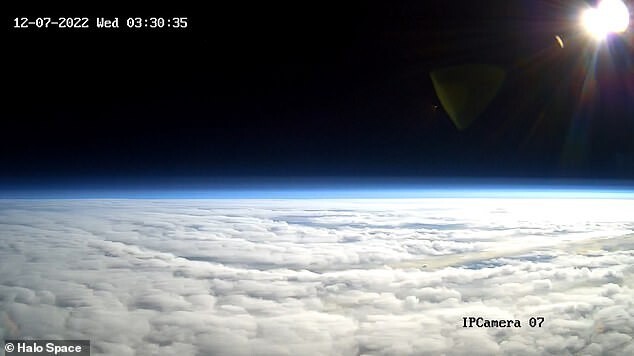
According to Alberto Castrillo, aerospace engineer and technical director of HALO Space, during regular flights during parachute descent will open at an altitude of about 20 km.
"In this test flight, we wanted to demonstrate that even at the highest altitude of 37 kilometers, we can deploy it and land safely - and we are proud to announce that we are succeeded," he added. 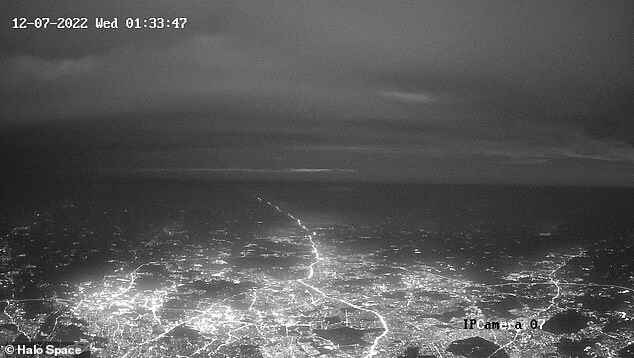
The capsule, which will carry eight passengers and one pilot per flight, has panoramic windows providing a 360-degree view of our home planet at an altitude of up to 40 kilometers. 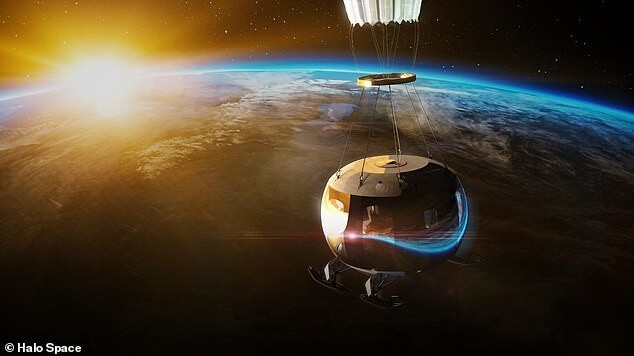
The duration of the flight will be from four to six hours - during this time, passengers will be able to get a great experience. 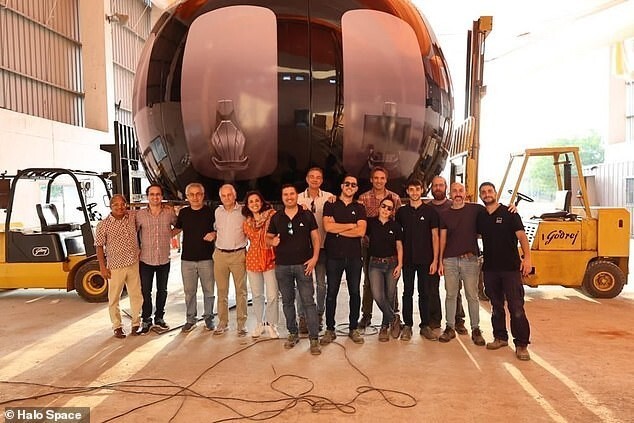
Halo Space claims its pressurized pods are rising without CO2 emissions, making them "the most environmentally friendly way space visits. 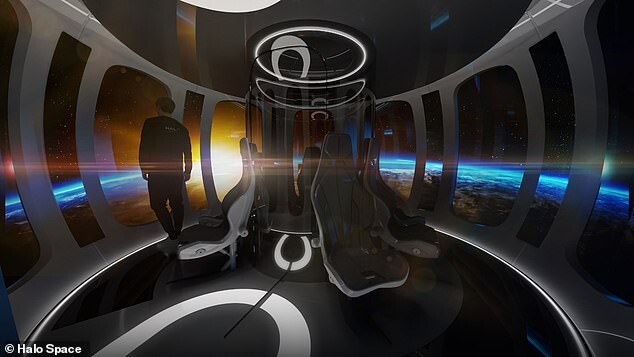
A second test flight is already scheduled for the end of the first half of 2023 in Seville, Spain. 
HALO Space will test the control of the aircraft during descent and landing using parafoil, a special inflatable wing. 
After the successful completion of all tests, HALO Space plans to establish flight bases on four continents around the world and start commercial flights.






















